Essential Handbook: Guide to the Connected Construction Site
Enter your details now to get the guide
Innovative technology and automated processes are shaping the future of construction, and if you don't have the right tools in place, you risk being left behind. Which is why we've created this in-depth guide.
In this guide you'll learn:
- How automative technology can boost your business revenue like never before
- How to make your projects cost-effective
- The 5 Ways Technology is reshaping the way we build (and why you need to use them now)
- How you can deliver more superior projects at a faster rate
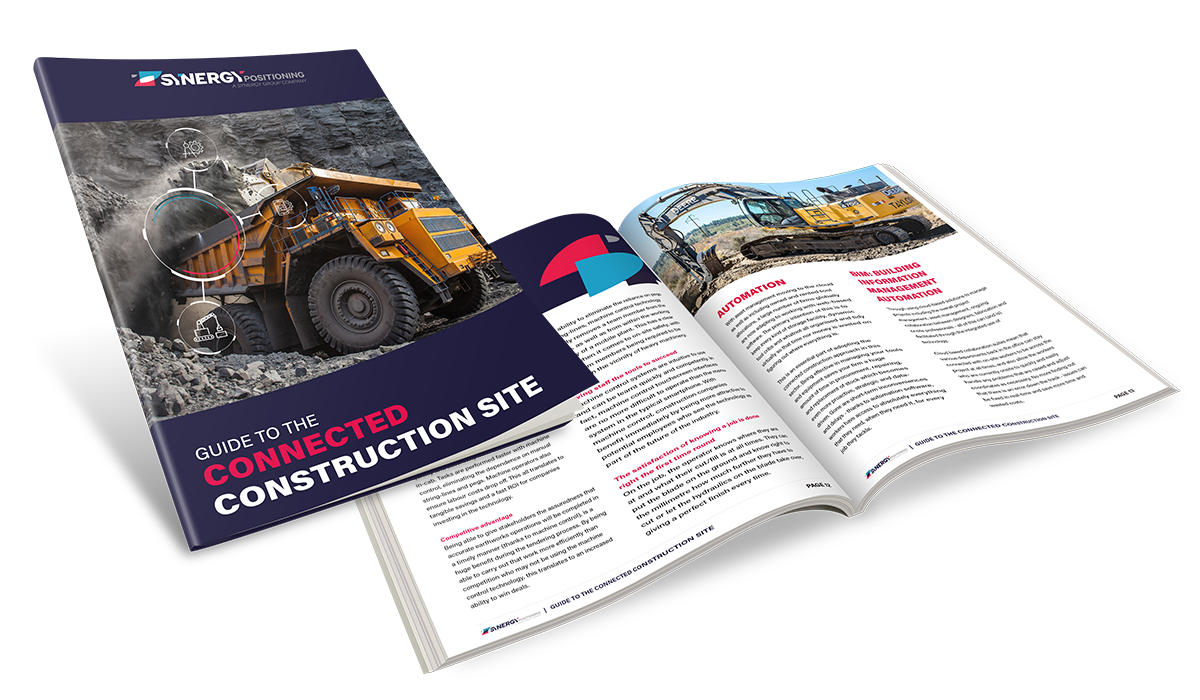
Sneak Peek
Here are some must-read pages:
- Turn to page 3 to find out how much more revenue your business could make with the right technology
- Find out on page 4 how much faster intelligent construction will make your project completion
- Page 6 tells you why you need a Digital Twin for your business now
Read all about
NZ's First Connected Construction Site
As featured on microsoft.com
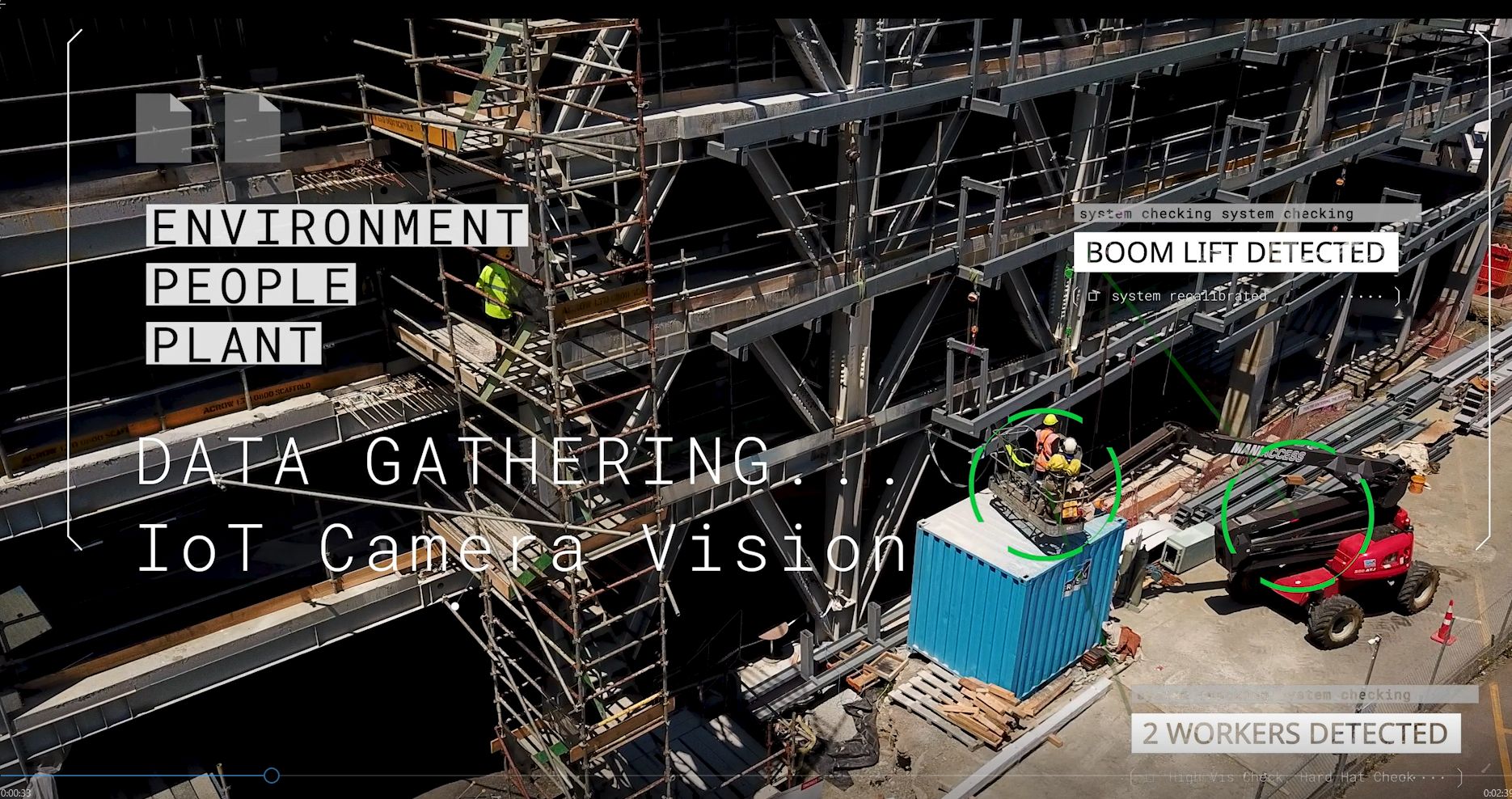
The First Ever 'Connected Construction Site' in New Zealand
AsBuilt’s collaboration with Microsoft, Spark and Kiwi construction company NZ Strong has resulted in the first ever “connected construction site” in New Zealand. This combines intelligent Internet of Things (IoT) devices, Microsoft Azure cloud and Power BI technology, drone and 3D camera imaging and geolocation to make construction safer, reduce costs, enable real-time decision making and connect all project partners together in one platform covering design and construction to property management.
Surrounded on three sides by the waters of Auckland’s Hauraki Gulf, the Wynyard Quarter is a developer’s dream, right on the edge of the CBD. The whole precinct is a busy hive of restoration and renewal with ageing shipping, fishing and storage facilities rapidly being restored or replaced by hip restaurants, apartments, blue-chip commercial offices and entertainment venues. The impressive new Wynyard 100 development is a six-building mixed-use project at the heart of the action. Building One alone is set to feature seven levels of retail, hospitality, offices and parking with a 154-room Travelodge hotel.
Construction lead NZ Strong is no stranger to high-profile jobs, having led some of the country’s most iconic developments, including Auckland Zoo’s Te Wao Nui and Bug Lab spaces, the Chelsea Sugar Visitor Experience Centre and redevelopment of Lynnmall, New Zealand’s first shopping mall, complete with new below-ground rail station. However, the Wynyard 100 site breaks new ground when it comes to construction.
Safer working, higher productivity
Co-ordinating such a vast undertaking is understandably difficult, with many different partners and individuals needing to provide design input, manage installation and delivery, monitor conditions during construction and ensure what’s delivered is exactly what was ordered – on time, on budget and with no accidents or downtime.
The construction sector is well-known for its high risk of injury and even fatal accidents. WorkSafe reported 2,746 work-related injuries or illnesses across the New Zealand construction industry in 2018, as well as six fatalities. In the first six months of 2019, 11 Kiwi construction workers were killed.
“Having so many moving parts on site, it can be a real challenge to monitor what’s happening and which people are where at any given moment. This makes communication difficult, which leads to health and safety and compliance issues,” says Chris Hunter, a director at NZ Strong. “Every site manager wants to be able to provide a safe working environment for their team without compromising performance.”
Additional challenges are added by the fact New Zealand’s construction sector is booming, with the number of cranes in Auckland outstripping any city in the US according to figures released by the RLB Crane Index in April 2019. There’s no sign of it slowing down either – new building work is at record levels, rising 6.8 per cent in 2018. As well as ensuring workers’ safety, the pressure is on construction companies to optimise their operations, so they can deliver new buildings faster. Poor communication and responsiveness is also a factor here.
“A lot of time can be wasted waiting for equipment to arrive, working out exactly where something should be installed, fixing errors or filling out paperwork. And in any project, delays cost money. While the material waste generated on building sites is a significant issue, inefficiency is just as big a problem,” Hunter says.
What next for connected construction?
Once Wynyard 100 is built, Burton says the digital twin and smart sensors will continue to provide cost-efficiencies for the owner.
Shirley Strachan, Asia Pacific General Manager of IoT Device Experience at Microsoft, agrees.
“When we think about the ability to bring in IoT that early in the process of a building development, it really sets us up to operationalise and manage that building once it’s completed as well and if there are issues later with the building, to be able to work out where those issues came in and therefore how to mitigate those issues,” she says.
Typically, New Zealand practitioners of Building Information Modelling (BIM) focus on the design phase, ignoring the ongoing operation of the building once the keys are handed over. According to an EBOSS survey, less than a third of industry members used BIM for asset and facilities management in 2018, compared with around nine in ten using it for design.
The Wynyard 100 project is different, with the platform containing information on asset warranties so it can send reminders for building owners to replace worn-out components as they near the end of their lives. Having a digital, geolocated twin of the building will also ensure information from foundation to roof is kept in one place.
“We’ve worked on projects such as hospitals and airports where vital information about pipes or old building structures has been lost over the years, and there’s no one source of truth. This means when major renovations are planned, they basically have to “dig and see”,” says Burton. “In the future, that whole scenario can be avoided with a virtual blueprint in the cloud which is completely accurate in terms of location on the site.”


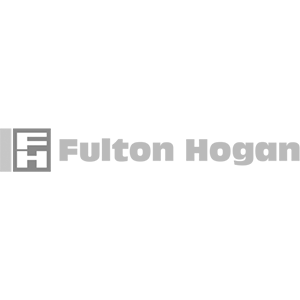


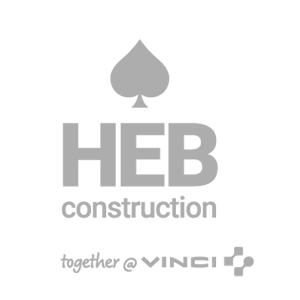
"Fitting out that skid steer with Topcon technology was definitely the right decision. From day one I knew that the technology I was using would help me stand out from competitors. As a result, the business has grown."
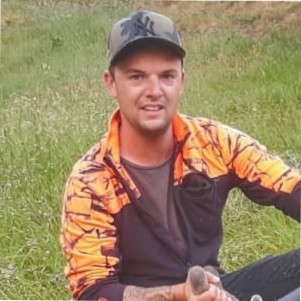
Chad Empson
"The peace of mind and confidence we have around the accuracy of levels is now huge. We set things up and then are extremely confident in the levels. The system certainly proved itself straight away on the first few jobs."

Brendon Booth
“It’s that sort of certainty that I really want as a consultant and that my clients are looking for when engaging me on projects as well.”

